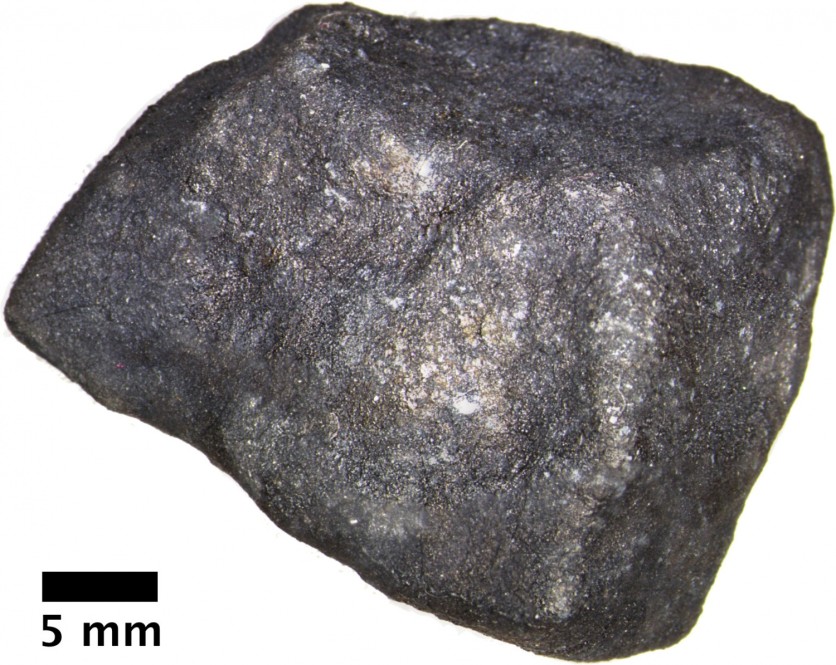Scientists discovered some organic compounds from the meteorite that dove into Michigan's Strawberry Lake in Michigan's Hamburg Township in 2018.
A new study published in the journal Meteoritics & Planetary Science on October 27 shows that these materials were also found on DNA, fats, amino acids, and other building blocks of life.

Scientists discover organic compounds from meteorite fragments
The six-foot rock illuminated the sky on January 16, 2018, as it traveled into the lake at 30,000mph as shown in security footage that went viral worldwide. The huge rock broke as it hit the icy lake while people immediately tracked down fragments, which were turned over to scientists who analyzed its contents.
"These kinds of organic compounds were likely delivered to the early Earth by meteorites and might have contributed to the ingredients of life," said Field Museum in Chicago curator Philipp Heck who led the study.
Also, the raw materials found on this meteorite could mean that a similar, but larger rock could have landed on Earth billions of years ago and carried these compounds, which eventually led life to blossom. However, the rock does not contain life, but the materials it contains could generate life with the right conditions.
This could resolve the mystery of the origins of carbon-based compounds, which are the foundation of life on Earth. Some scientists say these compounds came from within the Earth while others believe meteorites brought them from another world.
Read also: NASA to Visit Asteroid Worth More Than World's Economy
The rock's pristine condition
The flock of meteorite hunters who immediately went on-site to gather fragments ensured the meteorite's pristine conditions, which greatly helped scientists to create a clear picture of the rock's contents. The immediate collection of the fragments kept them from being blemished by microbe-rich dirt from the Earth.

"This meteorite is special because it fell onto a frozen lake and was recovered quickly. It was very pristine," Dr. Heck said adding that minerals were not much altered, which later revealed to be rich in "extraterrestrial organic compounds."
Unlike smaller meteorites, which completely crumble and leave nothing as they approach the Earth's surface, the Hamburg rock glowed brightly and shattered as it burned up in the atmosphere. However, it was large enough to leave many pieces as it landed.
Just after two days since the event, meteorite hunter Robert Ward was able to track down the rock's first fragment on the surface of the Strawberry Lake near Hamburg Township. He turned over it to the Chicago Field Museum.
University of Chicago scientist and co-author of the research Jennika Greer said that with "so much excitement surrounding it, everybody wanted to apply their own technique to it." Thus, scientists got an "unusually comprehensive set of data for a single meteorite," which was found to be an H4 chondrite, a rare form of a meteorite.
The fireball descend
On the evening of January 16, 2018, there were hundreds of fireball reports over Michigan, including the Detroit area, according to the American Meteor Society. These were supported by footages of the bright light captured by residents before it exploded over Michigan.
Meanwhile, the United States Geological Survey also recorded a 2.0-magnitude earthquake on the same location at the same time, although officials did not confirm that the meteorite indeed crashed into the Earth.
Instead, NASA scientists said the meteorite exploded 20 miles above the Earth while its fragments landed in Michigan's Strawberry Lake.
Related article: Asteroid Flies' Extremely Close' to Earth at 11% of the Distance of the Moon at 13.6 Miles Per SECOND!
This is owned by Tech Times
Written by CJ Robles




